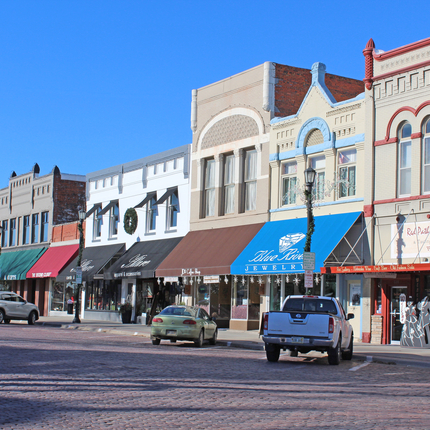Rural voters had a moment following last fall’s election. The national media showed up in force seeking to understand them. Enough rural voters had switched party allegiance to account for Trump’s victory over Clinton in several key Midwest and Rust Belt states.
Frustration over the economic plight facing their community drove many of these voters. For our readers and those who have studied rural issues for decades, this may come as little surprise.
The modern day Midwest and Great Plains was built by settlers seeking economic and political independence. It is a region built on the cultural bedrock of widespread opportunity and the notion that hard work and dedication are all you need to get ahead.
A farm crisis in the 1980s eroded economic opportunity for many farm families. Free trade agreements of the 1990s undercut the region’s manufacturing sector. Parents began to fear their children would not be better off than they had been.
Meanwhile, academic, philanthropic and political leaders spent countless hours designing, promoting and underwriting the economic rise and dominance of America’s cities. Comparatively few resources and little intellectual firepower has been aimed to address the very real challenges that rural people face.
Against this backdrop, it’s little wonder that on Nov. 8, 2016, rural voters went looking for a different path forward. We’ve yet to know what results our collective choice will deliver. What is undisputed is that we need a new path forward.
A 2013 poll conducted by the Center found that rural voters were skeptical of government, but – and this is important – they are skeptical largely because they think government doesn’t work for them. Designing a political system that does work to address the economic concerns of small town and rural people is key.
When government works for rural people, we know that rural voters are poised to embrace practical policies to create genuine opportunity.
For instance, in several largely rural states, voters supported minimum wage increases at the ballot box. In our 2013 poll, 90 percent of rural voters expressed support for federal investment in job training and small business development. More than 75 percent support federal investments in renewable energy, roads, water and wastewater infrastructure.
In the coming months, the Center will put forward policy proposals for congressional consideration. Our proposals will be designed to be included in a tax reform bill and in the upcoming farm bill renewal.
These will be proposals that can attract support from across the political spectrum, are responsive to the expressed opinions of rural voters, and are designed to create economic and community vibrancy in small town and rural America.
I invite you to join us in creating a government that works for rural people now and for our future.
Feature photo: In our 2013 poll, 90 percent of rural voters expressed support for federal investment in job training and small business development. Downtowns across rural America, such as this one in Seward, Neb., can benefit. | Photo by Rhea Landholm




